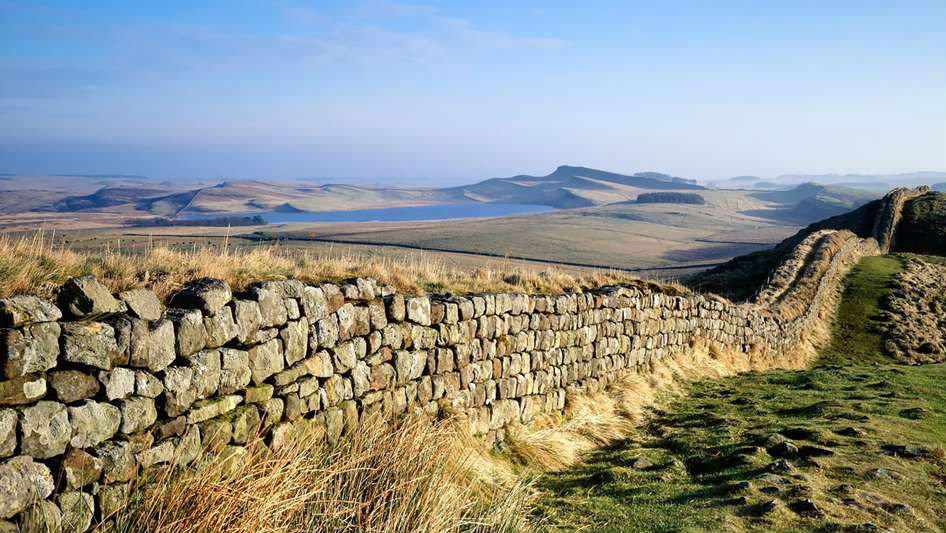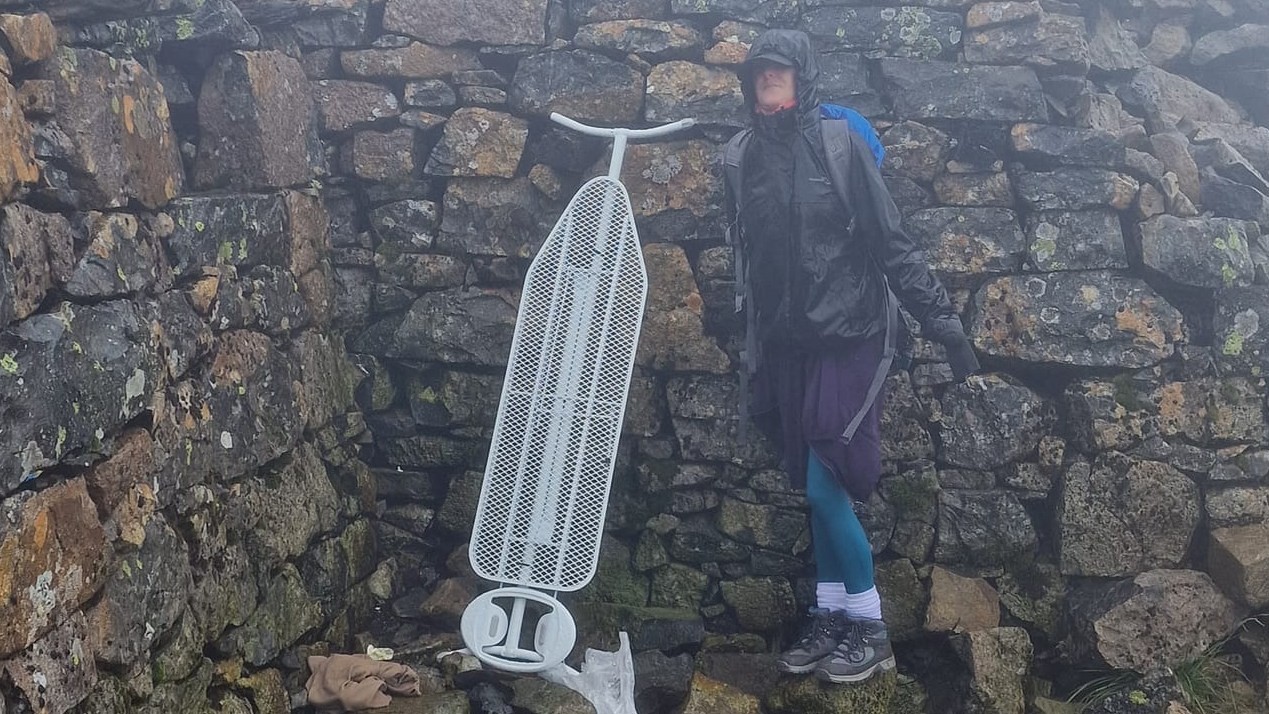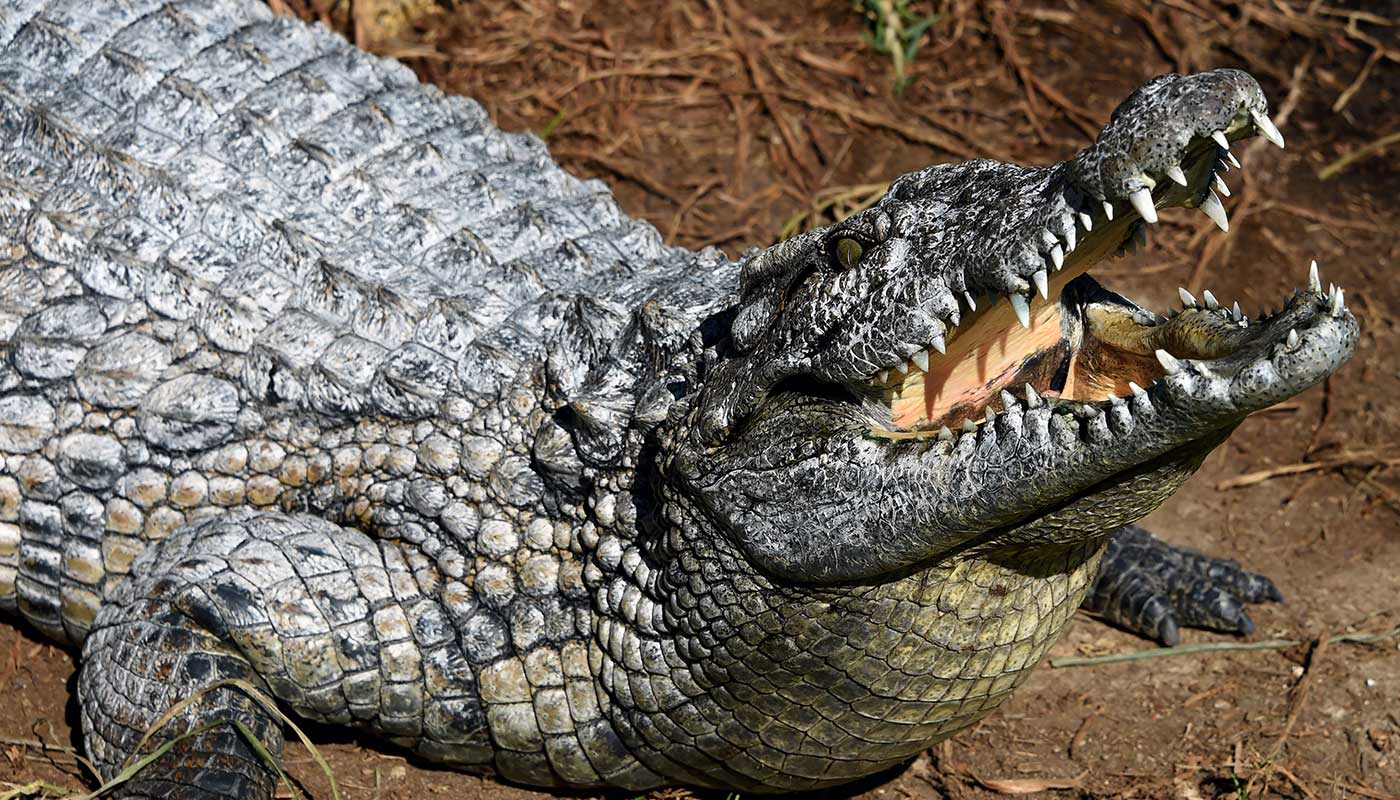Hadrian’s Wall: why was it built?
Archaeologists accuse illegal metal detectors of ‘stealing knowledge’ from the historic site

Illegal metal detectors have been targeting a section of Hadrian’s Wall, digging more than 50 holes in the 1,880-year-old World Heritage Site, according to archaeologists.
The holes were found at the Brunton Turret section, although similar incidents have been reported in the past three years at other parts of the wall.
Historic England fears the nighthawks have been taking away ancient artefacts.
The Week
Escape your echo chamber. Get the facts behind the news, plus analysis from multiple perspectives.

Sign up for The Week's Free Newsletters
From our morning news briefing to a weekly Good News Newsletter, get the best of The Week delivered directly to your inbox.
From our morning news briefing to a weekly Good News Newsletter, get the best of The Week delivered directly to your inbox.
“We don’t know what they are taking so they are in essence stealing knowledge,” a Historic England spokesperson told The Daily Telegraph.
“It is also the scale of the problem that is a worry to us, it is hard to look after the site.”
The area is protected, so using a metal detector without authorisation is a criminal offence, says the newspaper.
Mark Harrison, head of heritage crime and policing advice for Historic England, added: “Illegal metal detecting is not a victimless crime.
A free daily email with the biggest news stories of the day – and the best features from TheWeek.com
“We may never see or fully understand the objects taken or damaged because they have been removed from their original sites with no care or record as to their history or context.”
For nearly 300 years, Hadrian’s Wall marked the north-west frontier of the Roman empire.
Here’s what you need to know about its history.
Who was Hadrian?
Hadrian ruled the Roman Empire from 117AD-138AD, inheriting control of a civilisation in its prime which had thrived on a policy of endless expansion and conquest.
Known as the “‘people’s king’ because he travelled with his troops and ate the same rations”, says The Independent, he “laid the foundations of the Byzantine Empire and changed the name of Judea to create Palestine, among other legacies”.
Although married to Vibia Sabina, Hadrian was well known for his love of young Greek philosopher Antinous.
“He had to marry, and he had a politically arranged marriage to Sabina, who was the great-niece of the former emperor Trajan, which in effect, set up his succession,” says Thorsten Opper, curator of an exhibition on Hadrian.
“But clearly, it was a loveless marriage with no children. What was unusual is that he had a lot of flings and then after his lover [Antinous] drowned in the Nile AD130 he made him a god and named a city after him.”
And of course, Hadrian “was the first to build a wall 80 miles long from sea to sea to separate the barbarians from the Romans”, according to a biography written 200 years later.
Where was the wall and how long was it?
At 73 miles (80 Roman miles) long, the wall crossed northern Britain from Bowness-on-Solway in the west to modern-day Wallsend on the River Tyne in the east.
At first, the idea was to build castles along every Roman mile, with two turrets in between each.
“At some point after the first few years of building, they decided they would go and build forts on the wall,” Frances McIntosh, curator of Roman Collections for English Heritage, told the Evening Chronicle in Newcastle-upon-Tyne.
“Under the wall, you can see the line where the turrets were being built. That’s how we know the decision was changed. We do not know how, why or when, but it’s after a couple of years - at least - of the building.”
When was it built?
McIntosh estimates the work began around the year 122AD, when Hadrian visited Britain, and was completed by 138AD. The Romans had left - officially - by 410AD, but many stayed and probably lived in the forts along the wall.
“Most officers were recalled but some soldiers just stayed there. They might have formed militias and lived in a farming economy on the wall, living in forts,” she said.
Why was it so important?
“Hadrian’s Wall marks what was the farthest reaches of perhaps the greatest empire the world has ever seen and cuts a path through some of the country’s most spectacular landscapes, making it a perfect destination,” says the Daily Telegraph.
However, the traditional view of the wall as protecting a civilised world of baths and temples against marauding Scots is probably false. Historians now believe it was designed to scare and extract taxes from tribes on both sides of the border rather than to keep invading war parties out.
Historian Neil Faulkner describes the Roman imperium as a system of “robbery with violence”, while the Vindolanda tablets, written by soldiers living near the wall, show Romans disdainfully called the locals “Brittunculi” - “wretched little Britons”.
-
 7 bars with comforting cocktails and great hospitality
7 bars with comforting cocktails and great hospitalitythe week recommends Winter is a fine time for going out and drinking up
-
 7 recipes that meet you wherever you are during winter
7 recipes that meet you wherever you are during winterthe week recommends Low-key January and decadent holiday eating are all accounted for
-
 Nine best TV shows of the year
Nine best TV shows of the yearThe Week Recommends From Adolescence to Amandaland
-
 NHS tells Scots to walk like penguins
NHS tells Scots to walk like penguinsTall Tales Walk like penguins in the snow, says NHS
-
 Woman solves 'rude neighbour' mystery
Woman solves 'rude neighbour' mysteryTall Tales And other stories from the stranger side of life
-
 'Extreme ironing' blamed for Ben Nevis board
'Extreme ironing' blamed for Ben Nevis boardTall Tales And other stories from the stranger side of life
-
 Screaming Beatles fans embarrassed George Harrison’s mother
Screaming Beatles fans embarrassed George Harrison’s motherfeature And other stories from the stranger side of life
-
 First crocodile virgin birth recorded
First crocodile virgin birth recordedfeature And other stories from the stranger side of life
-
 Joggers told to wear helmets amid bird terror
Joggers told to wear helmets amid bird terrorfeature And other stories from the stranger side of life
-
 Otter accused of killing relocated Loch Lomond beavers
Otter accused of killing relocated Loch Lomond beaversSpeed Read The dead beaver kits were moved from Tayside to RSPB Scotland reserve last month
-
 Trans prisoners: a ‘conflict of rights’?
Trans prisoners: a ‘conflict of rights’?Talking Point Case of where to house trans woman convicted of rape causes uproar in Scotland